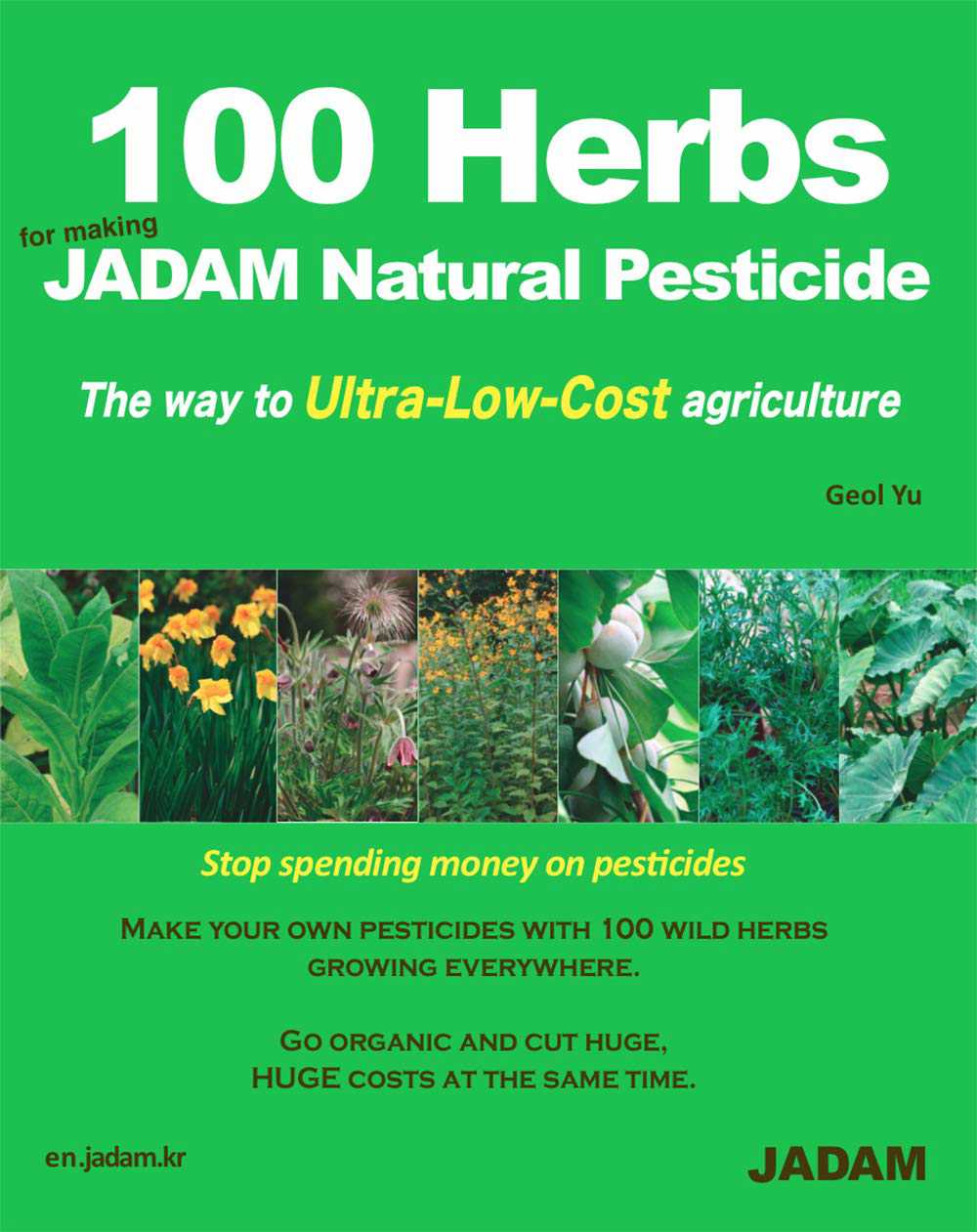
As someone who’s experimented with organic gardening for years, this book felt like stumbling upon a secret herbal arsenal. The sheer variety of 100 herbs covered is impressive—imagine turning common weeds like dandelions or nettles into powerful pest deterrents! My tomato plants, usually ravaged by aphids, thrived after using a garlic-based spray recipe inspired by the book.
What shines: The depth of plant knowledge is staggering. Each herb gets detailed descriptions (growth habits, traditional uses), which helps you forage or grow them intentionally. I loved discovering lesser-known options like ‘Sweet Annie’ for antifungal properties—game-changer for my mildew-prone zucchini!
Major drawback: The ‘how-to’ feels half-baked. Phrases like ‘infuse leaves in alcohol’ left me Googling ratios. My first attempt at a horsetail decoction burned pepper leaves—took trial/error to nail dilution. A chart comparing herbs to specific pests (e.g., rosemary for carrot flies) would’ve saved weeks of experimentation.
Real-talk tip: Pair this with the core JADAM farming book. Alone, it’s like having spices without a recipe. Watching their YouTube tutorials (search ‘JADAM pesticide’) bridges the gap—their fermented plant juice demo made the book’s vague instructions click.
Safety note: Some listed plants (e.g., foxglove) are toxic. I wore gloves handling nightshade extracts—wish warnings were bolded, not buried in medicinal lore sections.
Verdict: Worth it for committed organic growers willing to cross-reference resources. More encyclopedia than manual, but when recipes work (my neem+chrysanthemum spray obliterated squash bugs), it’s revolutionary. Just temper expectations—this isn’t a plug-and-play guide.

